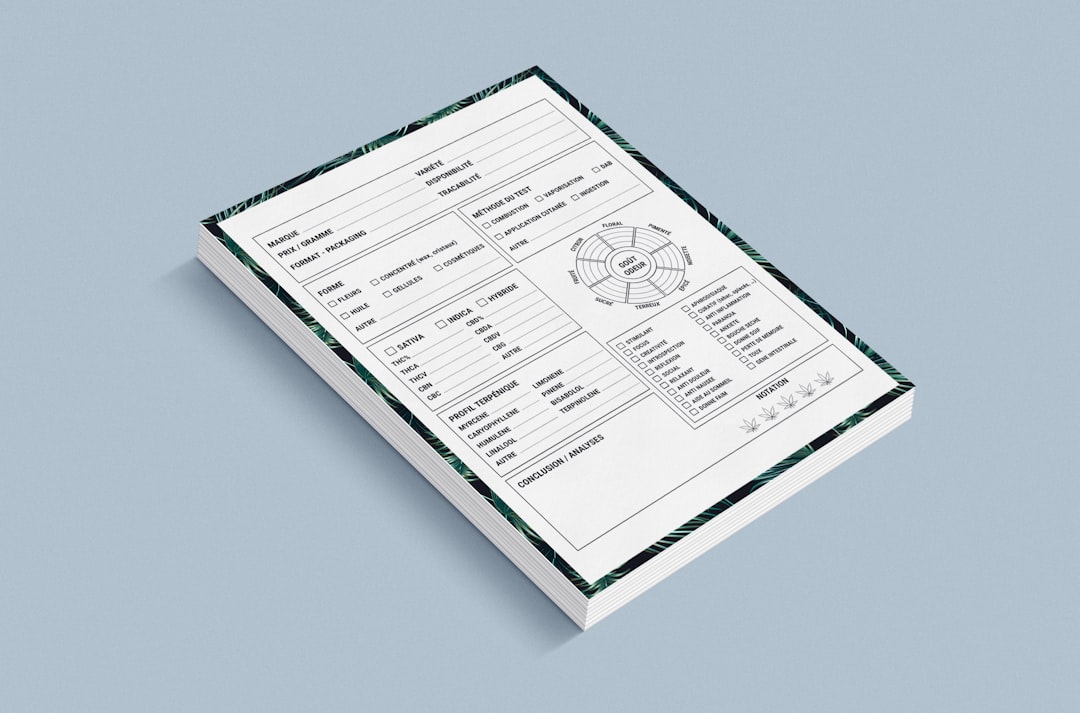Microsoft Excel is a versatile tool used by millions across the globe for data analysis, budgeting, and organizing information. One of the commonly used formatting features in Excel is Merge and Center, which allows users to combine multiple cells into one and center the content. While this feature is visually useful, it often causes issues when sorting or selecting ranges of data, especially in spreadsheets used for filtering and calculations. But don’t worry — there are techniques that allow you to achieve a centered look without sacrificing Excel’s core functionality.
Understanding the Problem with Merge and Center
When you use the Merge and Center command, Excel treats the merged group of cells as one large cell, which can interfere with how data is sorted, selected, and filtered. This especially becomes problematic when:
- You attempt to sort a dataset and receive the error: “To do this, all merged cells need to be the same size.”
- You try to use AutoFill or formulas, and Excel doesn’t respond as expected due to merged cells disrupting the structure.
- You want to copy and paste data across merged cells, but the merged layout causes alignment problems.
Fortunately, there are powerful alternatives to merging cells that allow you to keep both the aesthetics and the functionality intact. Let’s explore those options.
Use “Center Across Selection” Instead
Instead of merging, use the Center Across Selection option, a lesser-known but highly effective tool in Excel formatting. It gives the exact appearance of centered, merged text — without actually merging the cells.
Here’s how to do it:
- Select the cells across which you want to center your text.
- Right-click and choose Format Cells.
- Go to the Alignment tab.
- In the Horizontal dropdown, select Center Across Selection.
- Click OK.
You’ll notice that the text is now visually centered across multiple cells — but technically, the cells remain separate. This means you can still sort, select, and filter your data without any restrictions.

Use Cell Styles and Alignment for Visual Effect
Sometimes what you truly need is visual clarity, not necessarily cell merging. With Excel’s powerful styling tools, you can enhance the appearance of your spreadsheet without compromising its structure.
Try the following:
- Increase font size or apply bold styles to headers.
- Use cell borders to create visual grouping instead of merging.
- Apply conditional formatting to highlight key data points dynamically.

These approaches help you maintain a clean and professional spreadsheet without introducing functional problems.
Why Merging Should Be Used Sparingly
Merged cells are best used in simple tables or sections that don’t require manipulation – for instance, in worksheet titles or subtitles where no data processing is needed.
For example, if you’re creating a report header like “Q1 Financial Summary,” you can safely merge cells in that top row, as it is unlikely you’ll need that row to be sorted or filtered. But if you’re working with tabular data that may be analyzed or exported, avoid merging at all costs.
Advanced Tip: Use Tables for Better Management
Converting your dataset into an Excel table (with Insert → Table or Ctrl + T) automatically enables sorting and filtering, and avoids many of the pains introduced by merged cells.
If you want a centered heading above the table that spans multiple columns, just insert a new row above the table, use Center Across Selection for the heading text, and hide the gridlines for a cleaner look.
Final Thoughts
While Merge and Center is convenient for design purposes, it’s crucial to think about how your spreadsheet will be used in the future. Will you be sorting the data? Will someone else need to filter or apply formulas? If so, consider using Center Across Selection and proper formatting techniques instead.
By avoiding unnecessary merges, you end up with a more flexible, professional-looking, and user-friendly spreadsheet.
Whether you’re preparing financial reports, managing a small business inventory, or organizing school data, formatting doesn’t have to come at the cost of functionality. Strike the perfect balance with smarter Excel practices.


